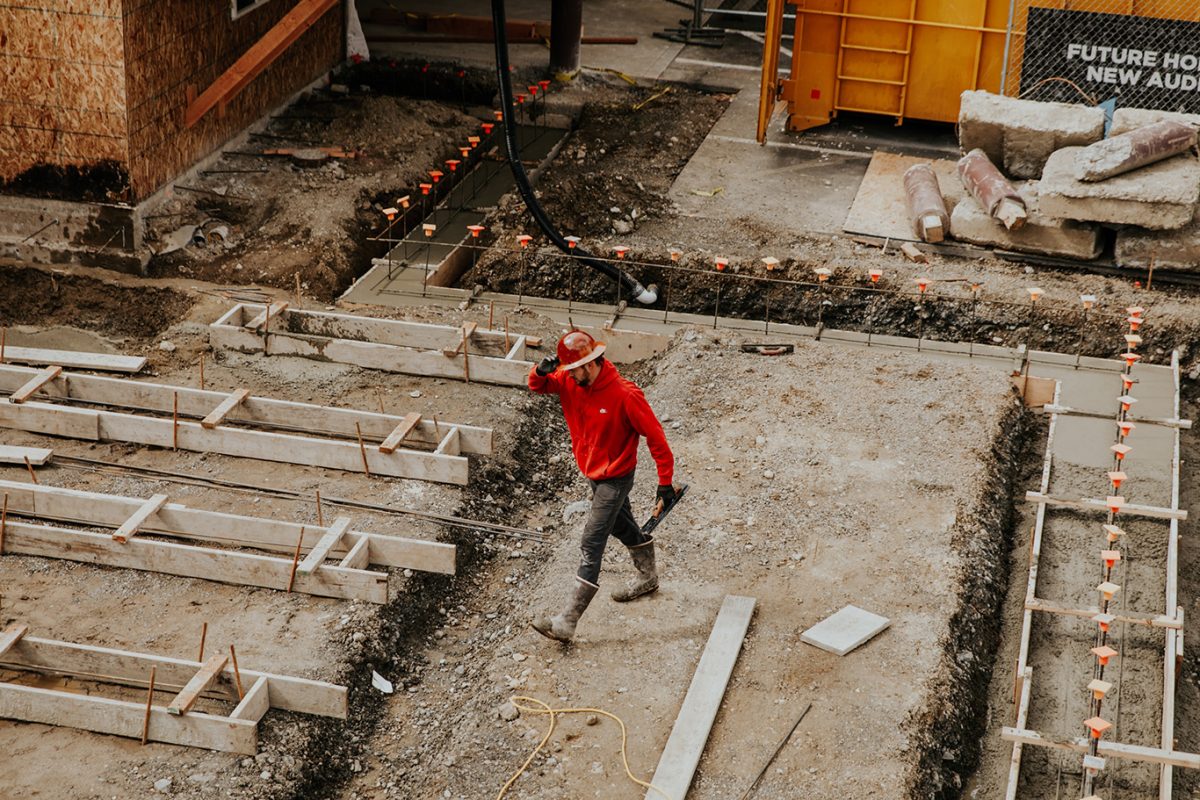Ways to Minimize Subcontractor Default Risks
Construction projects typically involve contractors enlisting the help of subcontractors to conduct specialized tasks on-site (e.g., electrical, plumbing and ventilation work). While working with these professionals can allow projects to be completed more efficiently, the use of subcontractors also carries various exposures. Namely, subcontractors may default, thus failing to perform their assigned duties. Defaulting can stem from subcontractors overextending themselves by taking on more projects than they can reasonably manage or from receiving delayed payments for their work on previous projects.
In any case, default incidents may pose a number of consequences for impacted contractors—including project delays or cancellations, added expenses associated with re-procurement and finding new subcontractors, customer dissatisfaction and lasting reputational damages. With this in mind, it’s important for contractors to implement measures to minimize their subcontractor default risks. These measures may include the following:
- Ensuring reliable subcontractors—First and foremost, contractors should make it a priority to find subcontractors who are both physically and financially capable of completing the work at hand. Specifically, these professionals should only be considered in the initial pricing and bidding process if they are prequalified, have a trusted reputation among other contractors and have previous experience performing tasks of a similar size and scope. Furthermore, contractors should make an effort to build lasting relationships with subcontractors so that they may be considered for future projects.
- Setting clear expectations—When enlisting subcontractors, it’s critical for contractors to establish their expectations and spell out each party’s rights and obligations through solid written agreements. From there, contractors should closely monitor their subcontractors for any suspicious actions or behaviors, such as showing up to the job site late, making unexpected workforce changes, receiving delayed material deliveries or being unable to pay suppliers. If these red flags appear, they should be addressed immediately (as outlined in written agreements) to prevent potential default incidents.
- Securing proper coverage—Subcontractor default insurance (SDI) can provide contractors with financial protection for losses they may incur from default incidents or similar subcontractor performance issues. Such coverage can help cover both direct and indirect losses. Contractors should consult trusted insurance professionals to learn more about SDI and discuss their specific coverage options.
For further industry-specific guidance, contact us today.

